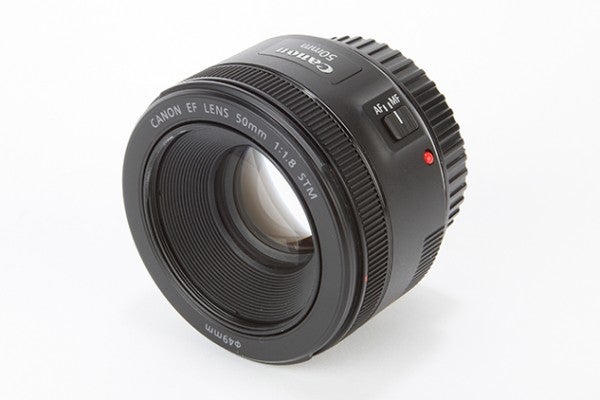It’s been a long time coming, but 25 years after the EF 50mm f/1.8 II was launched Canon has replaced its ‘nifty fifty’ with the new EF 50mm f/1.8 STM. Michael Topham finds out if it represents a bargain at just £129
Canon EF 50mm f/1.8 STM Review
Canon EF 50mm f/1.8 STM – Image quality
With an EF 50mm f/1.8 II residing in our stock cupboard, we ran a few comparison tests and found the results to be virtually identical. Just like the EF 50mm f/1.8 II, the trade-off in using the EF 50mm f/1.8 STM at its maximum aperture is the critical sharpness it resolves in its images, both at the centre and edges of the frame.
When fully opened to f/1.8, images appear perceptibly softer than those taken with the lens stopped down to f/2.8. Users shouldn’t disregard opening the lens fully and using it at f/1.8 to create a super-shallow depth of field. It’s just worth knowing that centre sharpness and edge sharpness improve significantly by stopping the lens down a stop or two. To get the very sharpest pictures, the ultimate sweet spot is found between f/8 and f/11.

Centre sharpness at f/1.8 is a touch soft, however things improve as the aperture is stopped down to f/4
As one can expect from a fast prime, vignetting makes an appearance when the lens is used at its widest aperture settings. The vignetting features a gentle fall-off that’s rather complementary to portraiture and subjects where you’d like to draw the viewer’s eye towards the centre of the image. Closing the aperture from f/1.8 to f/2.8 sees corner shading gradually disperse, and by the time you reach f/4 it’s unnoticeable.

Users who want to find the sweet spot and achieve ultimate sharpness should use the lens between f/8 and f/11
Studying our images for chromatic aberrations revealed some purple fringing along high-contrast edges, but it’s very indistinct and you’ll only know it’s there if you go in search of it. Our distortion chart did flag evidence of some barrel distortion towards the corners, but you’ll be hard pushed to notice it in your images unless you apply a lens-correction profile and then compare it back and forth with the original.






